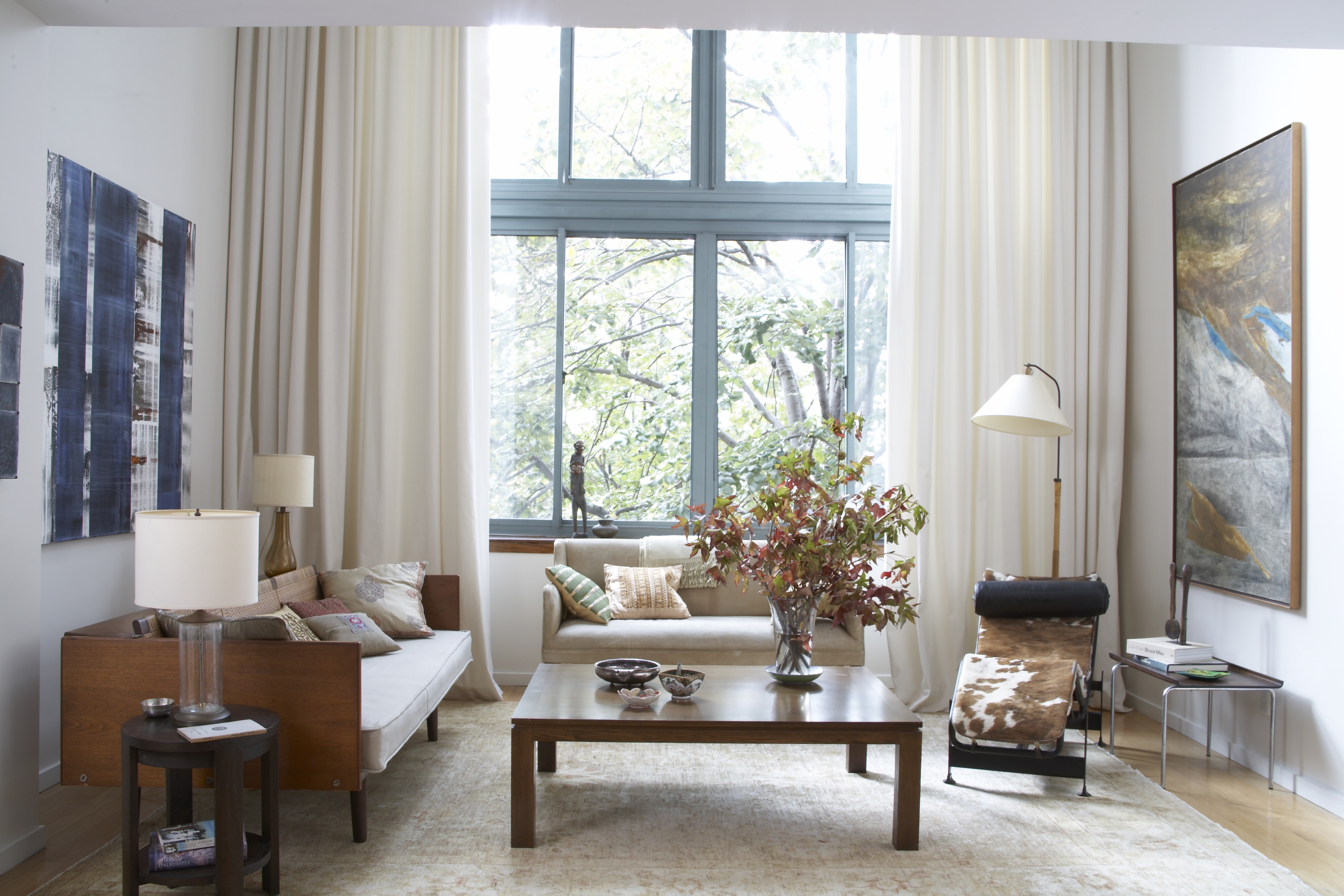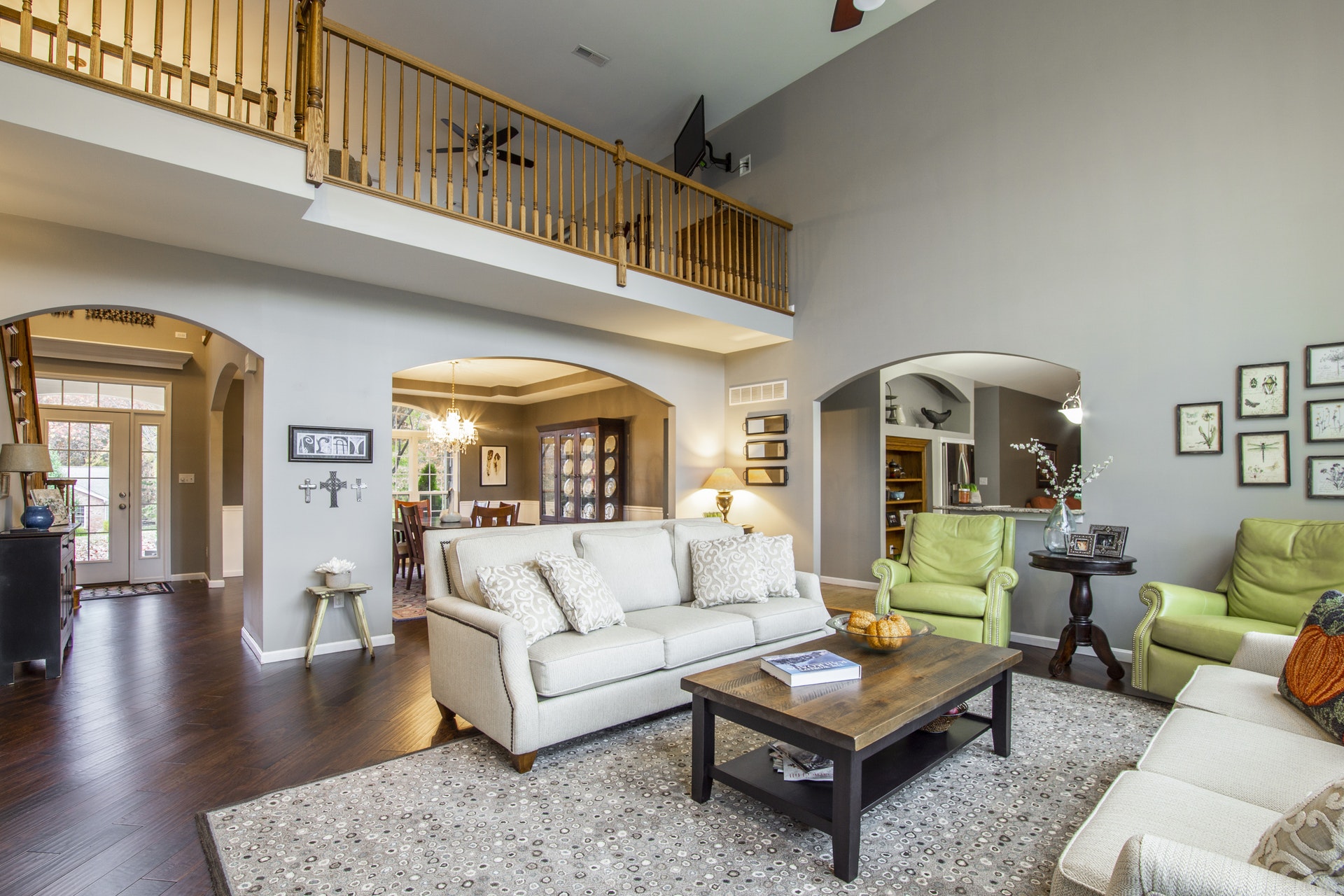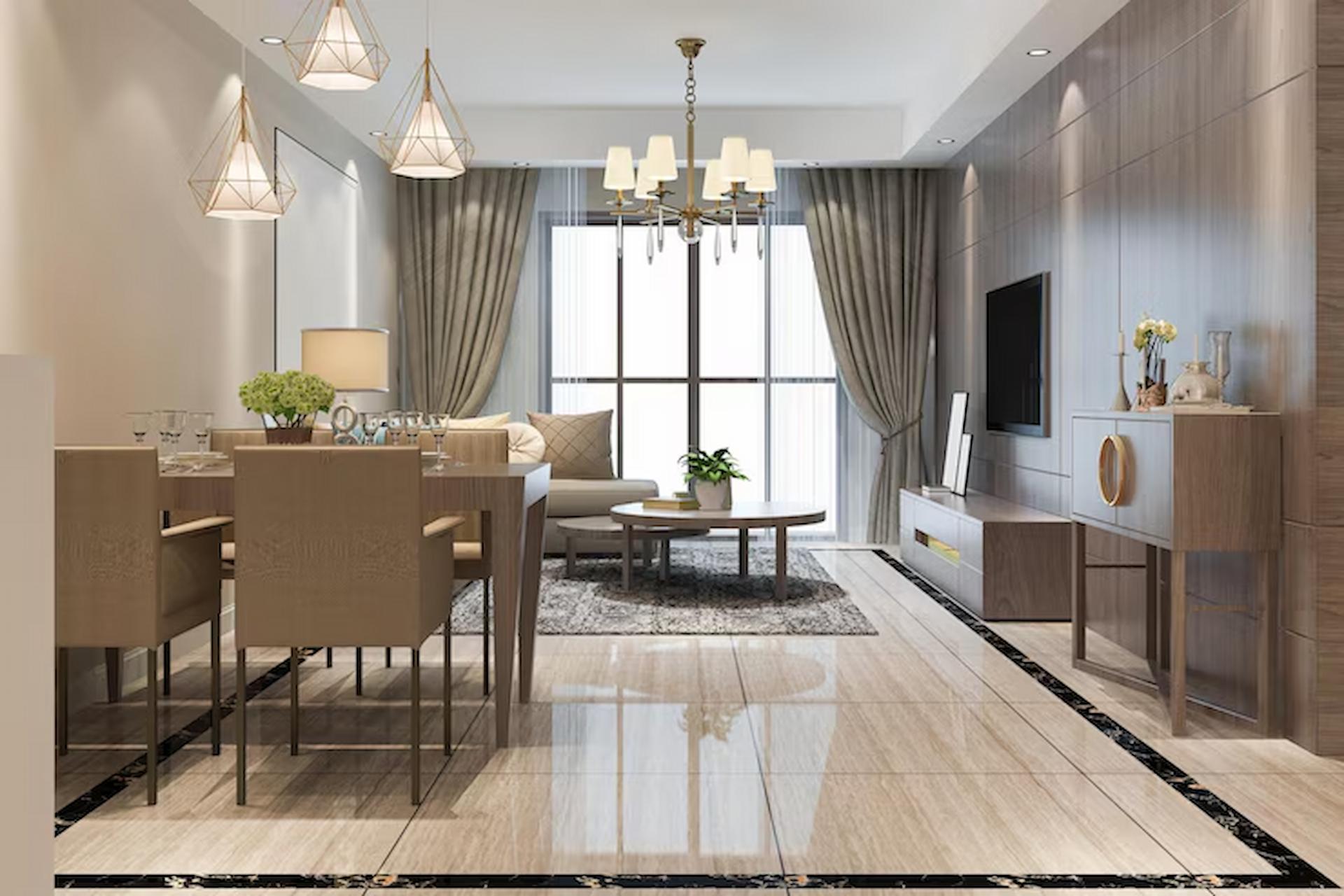Mexican style decor has become popular all over the world: the bright colors, the colorful embroidered linens and the bulky wooden furniture.
However, there are unique elements in the Yucatecan Architecture that have been left out and can give a unique touch to your property.
Get to know some of the most popular Yucatecan architecture elements, and add a touch of color and warmth to your house.

Traditional Elements of Yucatecan Architecture: Pasta Tiles
Pasta tiles are a traditional architectural element in the Yucatecan Architecture, they can be found in historic haciendas, belle epoque mansions in Merida and recently they have had a revival and can be found in modern and traditional houses all around Mexico.
This cement tile is a classic, colorful, and durable covering for floors and walls. It is known as encaustic Cement Tile or Cuban tile in the United States.
There are many reasons to love this traditional tiles, here is some of them:
- Each tile is handmade to order in the same way these tiles have been crafted since the 1800’s.
- Pasta floors are suitable for both commercial and residential applications.
- This is a green, environmentally friendly product, created using basic earth components and a century old method.
- They are colored with natural pigments and do not give off any fumes at all.
- Minimum energy, except human ‘elbow grease’, is used to make our cement tiles. Cement tiles are completely handmade and never have to be fired in a kiln, which means that the amount of energy used in the manufacturing process is very low.
- Because no firing is required, no pollution creating fossil fuels are used in production of the tile.
- The process does not use any harsh chemicals that might affect the environment.
- Each tile weighs almost 4 pounds, it is almost indestructible and with the right care it can last centuries.
- There is modern and traditional styles and since it’s an artisanal process they can be made to fit your specifications.
If you want to learn more about pasta tiles, visit La Peninsular; a Yucatecan company that has been working pasta tiles for a long time and is experienced working for foreigners.

Traditional Elements of Yucatecan Architecture: Mamposteria Walls
During the colonial period the Spaniards started building masonry homes, adapting their architecture to the available materials. Soil and clay are not abundant in the Peninsula, so they had to use limestone and wood beams (vigas) to build their houses.
Masonry or “Mamposteria” as it is known in the region is a traditional system consisting of wall construction by manual placement of masonry, rough stone together with some kind of mortar (cement and lime)
Even though mamposteria walls are not as popular, and modern methods are being used in general construction; nothing beats the charm and natural look if the rock. This is an element that can be used in small decorative elements, decorative walls or even water features.
Traditional Elements of Yucatecan Architecture: Izamal inspired rock mosaics
Izamal is a city located about 40 miles east of Merida, the Capital of Yucatan, it is known as the “yellow city” as most of the buildings are painted yellow.
Something quite spectacular about Izamal is the fact that it was founded on top of an ancient Mayan city, so some of the buildings are much higher than the rest, like the Franciscan monastery. Also, there is Mayan buildings that are still standing in between colonial houses, even though many stones from this archeological sites were used by the Spaniards to build their own buildings.
Another architectural element unique to Izamal is the stone mosaics on the walls of colonial buildings, something that I have never seen in any other city in the Peninsula. This mosaics were part of the decorative elements in the outside walls of the colonial houses and can be seen in different states of conservation throughout the city.

Traditional Elements of Yucatecan Architecture: Palapa Roofs
A palapa is a thatched-roof, open-sided structure. This has been the traditional Mayan construction for centuries, wood beams and some material to cover the roof of a palapa are the main elements in this type of construction.
In the Mayan communities, the roof typically consists of dried and woven palm-tree leaves. For years the traditional palapa was built using the leaves of the Chit or Guano (Thrinax radiata), but the excessive exploitation of these plants have caused its near extinction. For this reason, the Mexican government has declared a ban on cutting this palm trees; and is trying to educate locals about the importance of preserving the species.
In the last years, the guano has been replaced by grass, known as Zacate rojo (Pennisetum cupreum). This grass grows quickly and requires little care and water, which makes it ideal to produce large amounts of it for palapas and other traditional buildings.
Most people have palapas built in their gardens, they can be used to have family dinners, practice meditation or yoga or simply hang your hammock and enjoy the Yucatecan breeze.
| Traditional Elements of Yucatecan Architecture: Bright Colors, Simple Lines |
Yucatecan architecture is quite plain: big tall buildings with flat facades and a few windows and doors, nothing too showy or excessive.
Some of its main characteristics are:
- Use of simple prismatic volume
- Use of stucco or rock finishes on the walls
- Carved stone elements
- Arches
- Columns in Tuscan and Romanesque styles
- Floor level balconies, with wooden or metal bars
- Pinnacles or battlements in corners made with quarry or mortar elements
- Corbels with simple moldings
Some of these elements have been used in neo-colonial or Mexican style homes, as well as the bright traditional colors: blue, yellow, rust… pick any bright shade and enjoy the feeling of being in Mexico.
Yucatecan homes also are known to have big interior patios, where family life would happen; far from the view of strangers and passersby. Add some plants outside your windows and doors to add to the feeling of being in an old Yucatecan Mansion.
Something we love about the Yucatecan style is its subtlety, you don’t need a lot to add some touches in your home and it won’t scream Mexican curious; but rather a classy addition to your space.
Let us know if you love Yucatecan elements, what would you use in your home? Is there any of these elements present in your Mexican style home? We want to know!
Author Bio:
Christy is a real estate and travel blogger based in Mexico. She regularly posts about real estate investment in Playa del Carmen and Quintana Roo. She is a lifelong beach addict and intends to spend her retirement in Mexico.




